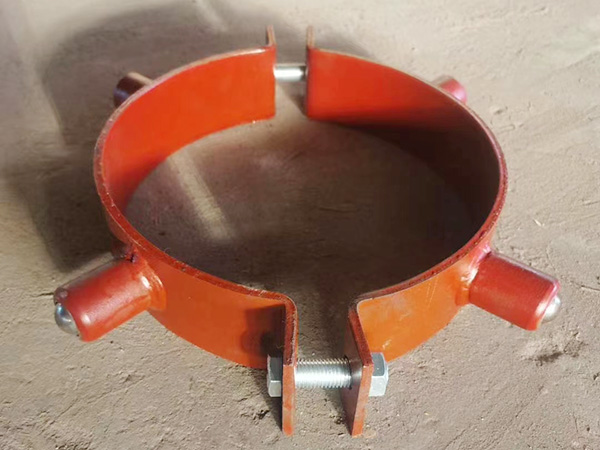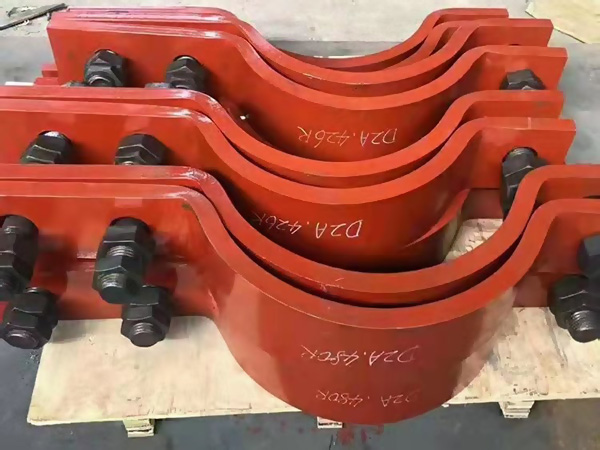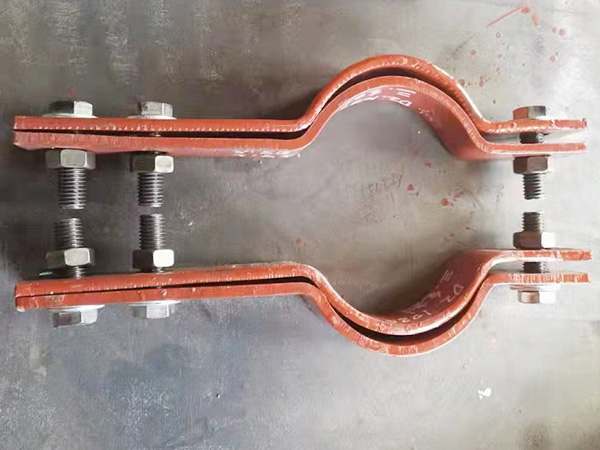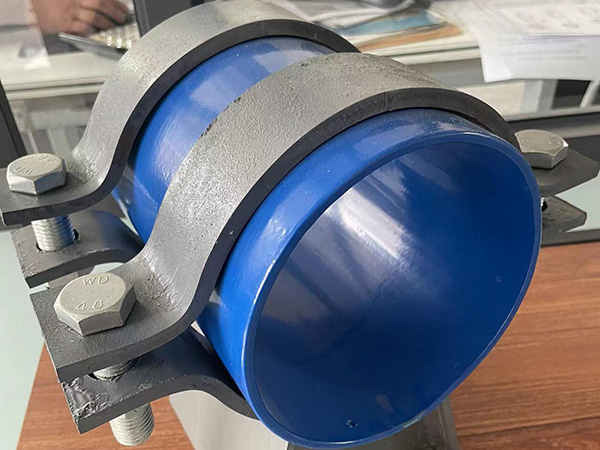Selection Guide and Key Considerations for Equal and Reducing Tees
Author:Mingde Time:2025-04-29 00:56:52 Click:143
In piping systems, tees are essential components used to distribute or combine flow from one pipeline into two directions. Depending on the diameter of the branch relative to the main run, tees are categorized as equal tees and reducing tees. Selecting the appropriate type is critical for system efficiency, safety, and long-term reliability.
I. Definitions
Equal Tee (Straight Tee): All three outlets (two ends and one branch) are of the same diameter.
Reducing Tee: The branch has a smaller diameter than the main pipe run.
Each type serves specific functions and is suited to different hydraulic and structural conditions within a piping network.
II. Selection Guide
1. Equal Tee – When to Use
Uniform Flow Distribution: Ideal when the goal is to split the fluid evenly in both directions.
Balanced Pressure and Velocity: Used in systems where maintaining constant pressure and flow rate in all three directions is critical.
System Symmetry: Suitable for symmetrical piping layouts in HVAC, fire protection, and distribution systems.
Common Applications:
Water supply networks
Oil and gas transmission
Compressed air systems
Chemical process pipelines
2. Reducing Tee – When to Use
Flow Diversion to Smaller Line: Perfect for branching off into a pipe with a smaller diameter to serve a secondary system.
Control of Flow Volume: Helps reduce flow rate or pressure to downstream equipment or zones.
Space Saving: Allows a more compact system layout by avoiding additional reducers and elbows.
Common Applications:
Process plants with variable line sizes
Steam distribution systems
Multi-zone HVAC systems
Instrumentation take-off points
III. Key Considerations During Selection
1. System Design and Flow Characteristics
Hydraulic Analysis: Evaluate flow rates and pressure drops. Equal tees may induce higher turbulence if the downstream demand is unbalanced.
Direction of Flow: Consider whether the branch is used for supply or return flow. Reducing tees help prevent backflow or pressure shock in small lines.
2. Installation and Space Constraints
Layout Complexity: Reducing tees can simplify layouts by eliminating separate reducers.
Clearance and Access: Ensure sufficient space for welding, threading, or flanging, particularly in tight or pre-fabricated assemblies.
3. Material Compatibility
Ensure that the material of the tee matches the pipeline and medium requirements (e.g., stainless steel for corrosion resistance, carbon steel for high strength).
4. Joining Method
Check compatibility with the installation method (welded, threaded, socket weld, flanged).
Welding tees (especially reducing ones) require skilled handling to maintain alignment and flow efficiency.
5. Standards Compliance
Use tees manufactured to international standards (ASME B16.9, DIN 2615, etc.) to ensure dimension accuracy and pressure rating compatibility.
IV. Common Pitfalls and How to Avoid Them
Improper Sizing: Choosing an incorrect branch size can lead to underperformance or overloading of downstream components.
Mixing Tee Types: Avoid combining equal and reducing tees inconsistently within the same branch network.
Ignoring Flow Direction: Installing a reducing tee in the wrong direction may cause turbulence, vibration, or flow separation.
Lack of Support Planning: Heavier tees, especially large reducing ones, must be adequately supported to avoid stress on welds or flanges.
Conclusion
Choosing between equal tees and reducing tees involves more than just matching diameters—it requires a full understanding of the system’s flow dynamics, space constraints, and operational requirements. By carefully considering the design criteria and avoiding common mistakes, engineers can ensure efficient and safe pipeline operations across industries such as oil & gas, HVAC, chemical processing, and water treatment.
 Hot Products
Hot Products
 Contact Us
Contact Us
Contact:
Mobile:+86 +86 19133378808
Website:mingdepipe.com
Address:










